Toenail fungus, medically known as onychomycosis, is a common condition that affects millions of people worldwide. It occurs when fungi, such as dermatophytes or yeast, invade the nail and surrounding tissues, leading to discoloration, thickening, and crumbling of the nails. If left untreated, toenail fungus can cause discomfort and embarrassment. Fortunately, there are several effective treatments available to combat this stubborn infection. In this comprehensive guide, we will explore 10 top toenail fungus treatments, including the innovative solution, Kerassentials, to help you regain healthy and beautiful nails.
Oral Antifungal Medications
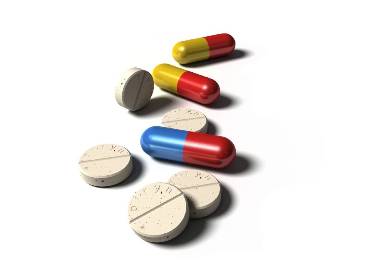
Oral antifungal medications are prescription drugs used to treat moderate to severe cases of toenail fungus (onychomycosis). These medications work by targeting the fungi from within the body, helping to eradicate the infection and promote healthy nail growth. Commonly prescribed oral antifungal drugs include terbinafine and itraconazole. While effective, these medications may have potential side effects, and their use requires careful monitoring by healthcare professionals. Oral antifungal treatments are typically reserved for cases where topical solutions prove inadequate or when the infection has spread beyond the nail bed. It is crucial to follow the healthcare provider’s instructions and complete the full course of treatment for optimal results.
Topical Antifungal Creams
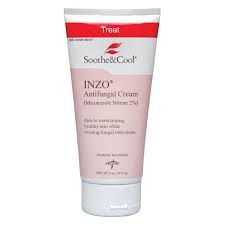
Topical antifungal creams are over-the-counter or prescription medications used to treat mild to moderate cases of toenail fungus (onychomycosis). These creams are applied directly to the infected nails and surrounding skin, delivering antifungal agents to combat the fungal infection. They work by inhibiting the growth and spread of the fungi, gradually restoring the health of the affected nails. While not as potent as oral antifungal medications, topical creams are a popular choice for early-stage infections or when oral treatments are not suitable. Regular and consistent application of the cream is essential for successful treatment. However, for severe cases or those with widespread infection, a healthcare provider may recommend a combination of topical and oral antifungal treatments for optimal results.
Medicated Nail Lacquer
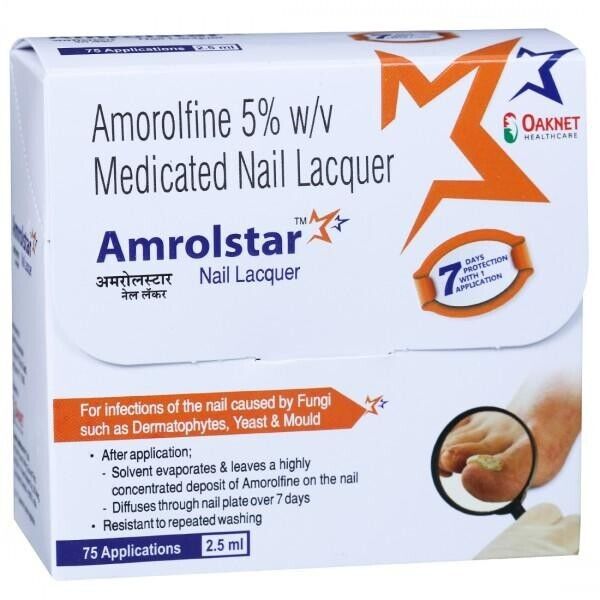
Medicated nail lacquer is a specialized topical treatment used to address mild to moderate cases of toenail fungus (onychomycosis). It contains antifungal agents, such as ciclopirox, and is applied directly to the infected nails and surrounding skin. The lacquer forms a protective film over the nails, allowing the antifungal agent to penetrate the nail bed gradually. Regular application of the medicated nail lacquer helps inhibit fungal growth and promotes the growth of healthy nails. It is often recommended for individuals who prefer topical treatments over oral medications or for those with mild infections. However, severe cases may require additional treatments or a combination of oral and topical therapies for effective results.
Laser treatment
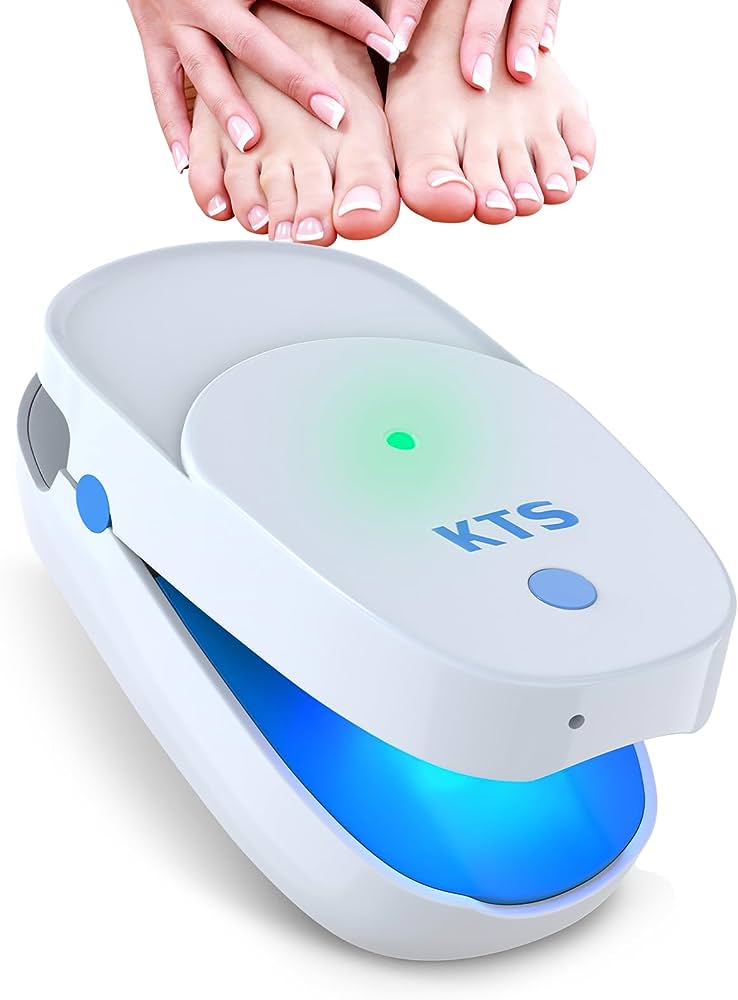
Laser treatment for toenail fungus is a non-invasive and innovative procedure used to address onychomycosis. During the treatment, a specialized laser device is used to target and heat the fungal infection within the affected toenails. The laser’s heat destroys the fungi, promoting the growth of healthy nails over time. The procedure is typically quick, and patients may experience a mild warming or pinprick sensation during the treatment. Laser treatment is often sought after for its effectiveness and convenience, as it does not require anesthesia or downtime. However, multiple sessions may be necessary for optimal results, and the success of the treatment can vary based on the severity of the infection. It is essential to consult a healthcare provider to determine if laser treatment is a suitable option for addressing toenail fungus.
Debridement
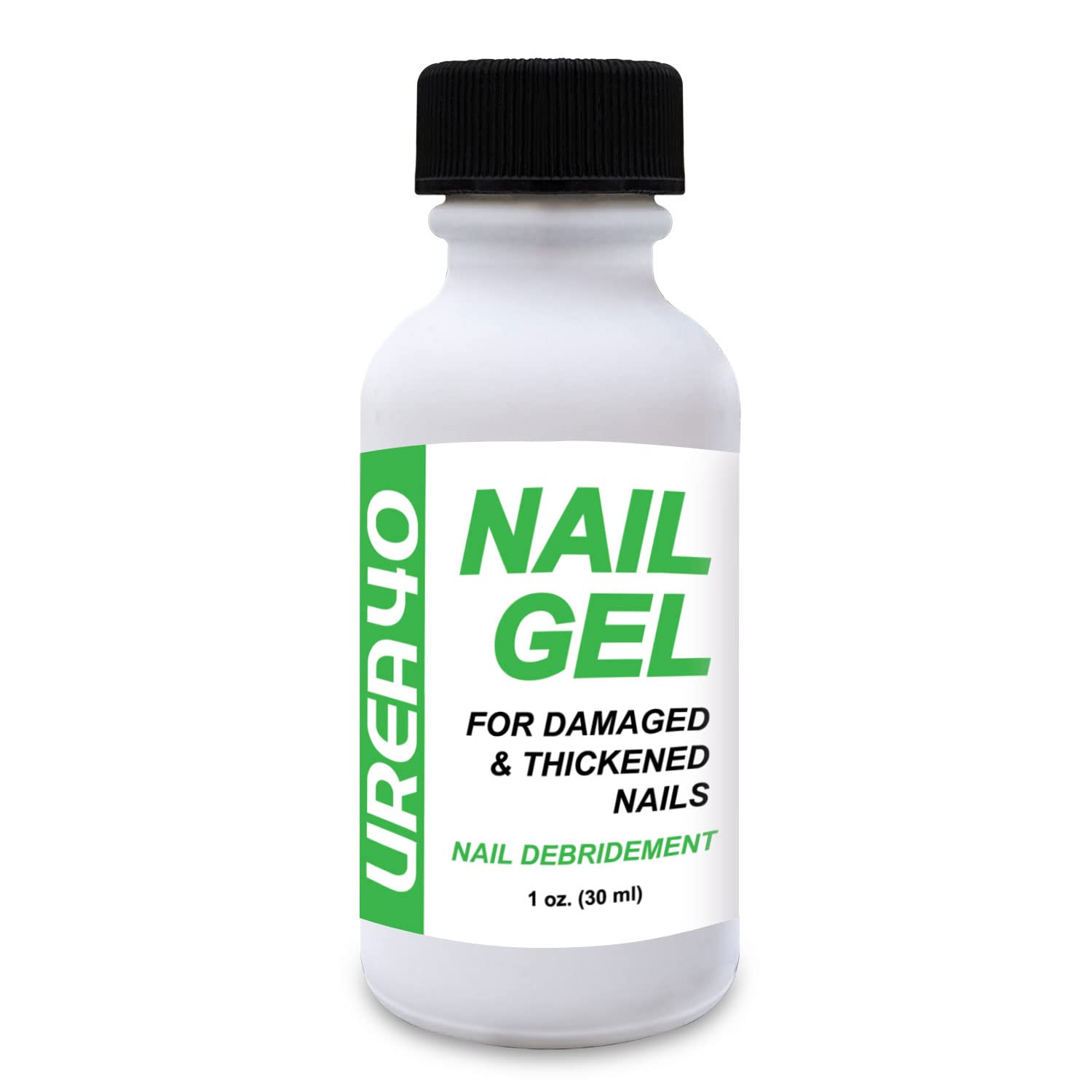
Debridement for toenail fungus is a procedure in which a healthcare professional removes the infected part of the nail to promote healing and improve the effectiveness of antifungal treatments. During the debridement process, the thickened, discolored, and crumbled sections of the affected nail are carefully trimmed and filed down. This allows better access for topical antifungal medications to penetrate the nail bed and target the fungus directly. Debridement is often used as a complementary treatment alongside other therapies, such as topical or oral antifungal medications, to enhance their effectiveness. It is a safe and relatively painless procedure performed in a medical setting by trained professionals. However, debridement alone may not fully eliminate the fungal infection, and its success depends on consistent follow-up care and adherence to the prescribed antifungal treatment plan.
Vinegar Soaks
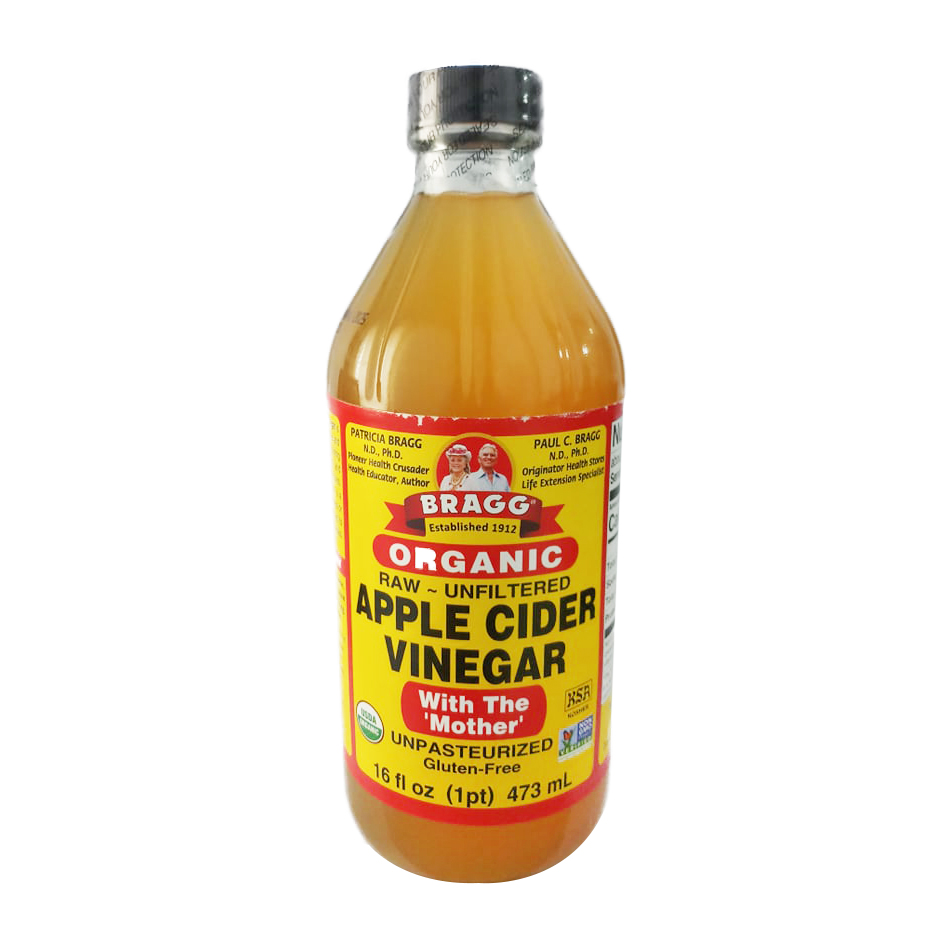
Vinegar soaks are a popular home remedy for treating toenail fungus (onychomycosis). The acetic acid present in vinegar has natural antifungal properties that can help inhibit the growth of fungi. To perform a vinegar soak, mix equal parts of white vinegar and warm water in a basin or container. Soak the affected foot in the solution for about 20 minutes daily. The vinegar solution works by creating an inhospitable environment for the fungus, helping to reduce its growth and spread. While vinegar soaks may be effective for mild cases of toenail fungus, they may take longer to produce noticeable results compared to other medical treatments. For severe infections or if there is no improvement, it is essential to seek advice from a healthcare professional for more targeted treatment options.
Tea tree oil
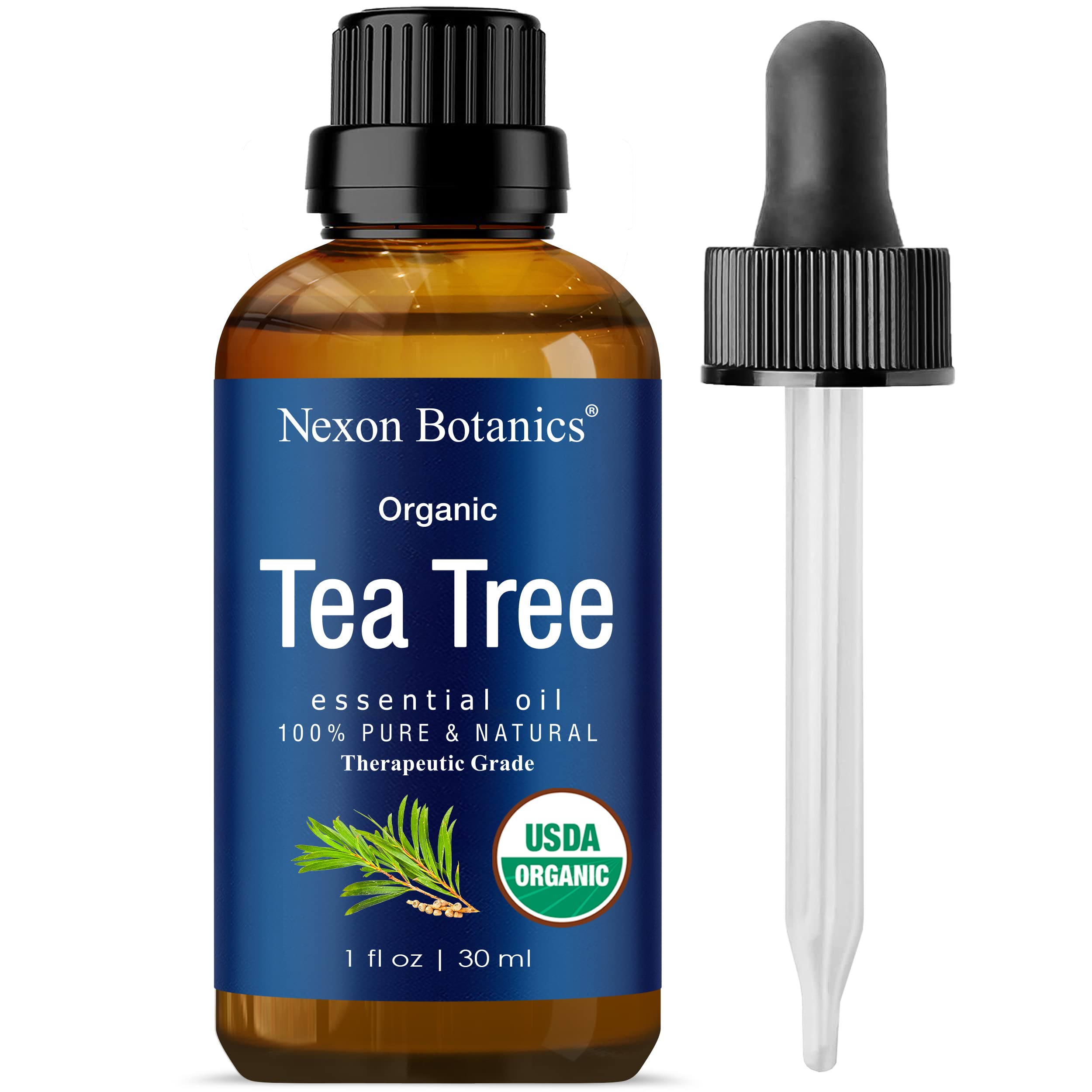
Tea tree oil is a popular natural remedy for toenail fungus (onychomycosis) due to its antifungal and antimicrobial properties. To use tea tree oil for treating toenail fungus, dilute a few drops of pure tea tree oil in a carrier oil like coconut oil or olive oil. Then, apply the mixture directly to the affected nails and surrounding skin using a cotton ball or swab. Tea tree oil works by penetrating the nail and inhibiting the growth of fungi, gradually promoting healthy nail growth. It is important to note that while tea tree oil can be effective for mild to moderate cases of toenail fungus, it may not be as potent as medical treatments like oral antifungal medications or laser therapy for severe infections. Consistent and regular application of tea tree oil is necessary to see results, and it may take several weeks to months to achieve significant improvement.
Coconut oil
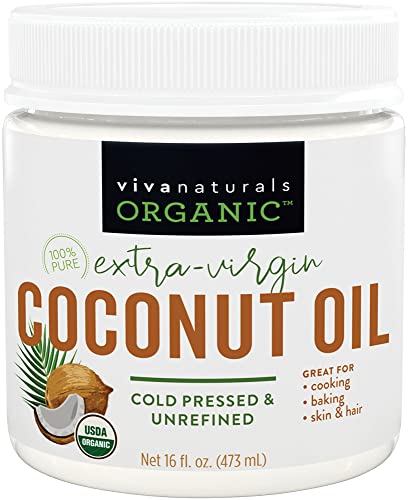
Coconut oil is a natural remedy that is sometimes used to treat toenail fungus (onychomycosis) due to its antifungal properties. To use coconut oil for toenail fungus, apply a small amount of pure, organic coconut oil directly to the affected nails and surrounding skin. Gently massage the oil into the nails to ensure it penetrates the nail bed. Coconut oil’s antifungal properties help inhibit the growth of fungi and promote a healthier nail environment. Regular and consistent application of coconut oil may help improve the appearance of the infected nails over time. However, it is essential to keep in mind that coconut oil may not be as potent as medical treatments prescribed by healthcare professionals. It may be more effective for mild cases of toenail fungus and as a complementary treatment alongside other therapies.
Changing footwear and socks

Changing footwear and socks is an essential aspect of managing toenail fungus (onychomycosis) and preventing its recurrence. Fungal spores can thrive in warm, moist environments, making shoes and socks an ideal breeding ground for the infection. By making these simple changes in your footwear and sock choices and adopting good foot hygiene practices, you can significantly reduce the risk of toenail fungus and support the effectiveness of any ongoing treatment. However, if you suspect or have been diagnosed with toenail fungus, it is essential to consult a healthcare professional for proper diagnosis and treatment recommendations tailored to your specific condition.
Conclusion
Toenail fungus can be a persistent and bothersome condition, but with the right treatment, you can regain healthy and beautiful nails. From innovative solutions like Kerassentials to traditional antifungal medications and natural remedies, there are numerous options available to help you combat toenail fungus effectively. If you have concerns about toenail fungus or any underlying health conditions, consult a healthcare professional for personalized advice and treatment recommendations. Remember to prioritize foot hygiene and follow a consistent treatment plan to achieve the best results and enjoy healthy, fungus-free nails.
FAQs
How long does it take to see results with Kerassentials?
Results may vary depending on the severity of the infection. However, many users report noticeable improvements within a few weeks of consistent use. For optimal results, it is recommended to continue using Kerassentials as directed until the fungus is completely eliminated.
Are oral antifungal medications safe?
Oral antifungal medications may have side effects, including potential interactions with other medications. It’s essential to consult a healthcare provider to determine if these medications are safe and appropriate for your specific situation.
Can I use Kerassentials with other treatments?
Kerassentials is designed to be a stand-alone treatment. However, if you are using other antifungal products, it’s best to consult a healthcare professional before combining treatments to avoid potential interactions.
How can I prevent toenail fungus from returning?
Maintaining good foot hygiene, wearing breathable footwear, and regularly applying a toenail antifungal solution like Kerassentials can help prevent the recurrence of toenail fungus.
Is laser treatment painful?
Laser treatment is generally well-tolerated, with minimal discomfort. Most patients describe the sensation as a mild warming or pinprick feeling during the procedure.





